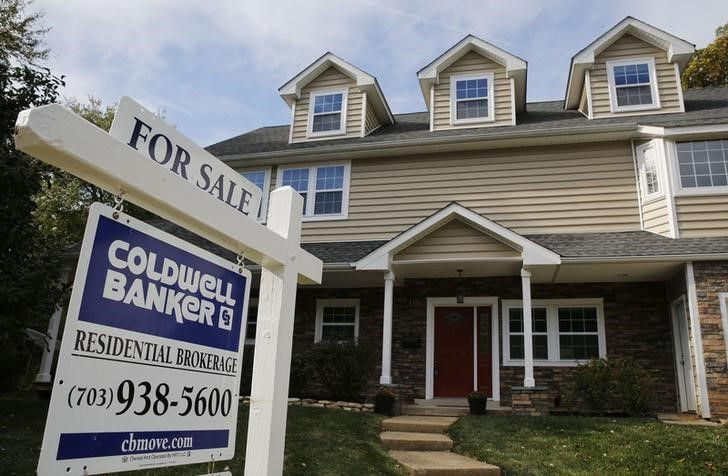Real Estate News: Home Prices Increase In 94% of US Metro Areas In Fourth Quarter As Inventory Decreases

KEY POINTS
- Home prices increased in 94% of U.S. metro areas in the fourth quarter of 2019, the National Association of Realtors said in a report Wednesday
- The U.S. is facing a lack of existing home inventory, which is partially driving the increases
- Mortgage interest rates are low, which is a positive for buyers
Home prices in 94% of U.S. metro areas increased in the final quarter of 2019, compared to the same period in 2018, the National Association of Realtors (NAR) said in a report.
“It is challenging – especially for those potential buyers – where we have a good economy, low interest rates and a soaring stock market, yet are finding very few homes available for sale,” NAR chief economist Lawrence Yun said. The national median price of a single-family home was $274,900 in the fourth quarter of last year.
Cities such as Trenton, New Jersey; Boise City-Nampa, Idaho; Gulfport-Biloxi, Mississippi; Kingston, New York, and Albuquerque, New Mexico saw double-digit price growth last quarter.
The U.S. is facing a major home inventory problem, which is one reason why home prices are rising. By the end of the fourth quarter, 1.4 million existing homes were on the market, 8.5% fewer than at the end of 2018.
Young people could be the hardest hit by rising prices. Realtor.com’s “Housing Market Predictions” for 2020 has indicated that millennials are projected to buy the most houses this year.
Although homebuyers may be struggling due to rising prices, mortgage interest rates are currently at a low level, with the 30-year fixed rate averaging 3.76% in the final quarter of the year.
Mortgage rates are influenced by the Federal Reserve, which lowered rates several times last year. President Trump has pushed for lower rates to stimulate growth and boost consumption.
Home prices could be a reflection of the broader U.S. economy. U.S. GDP rose 2.1% in the fourth quarter of last year, indicating moderate growth.
© Copyright IBTimes 2025. All rights reserved.



















